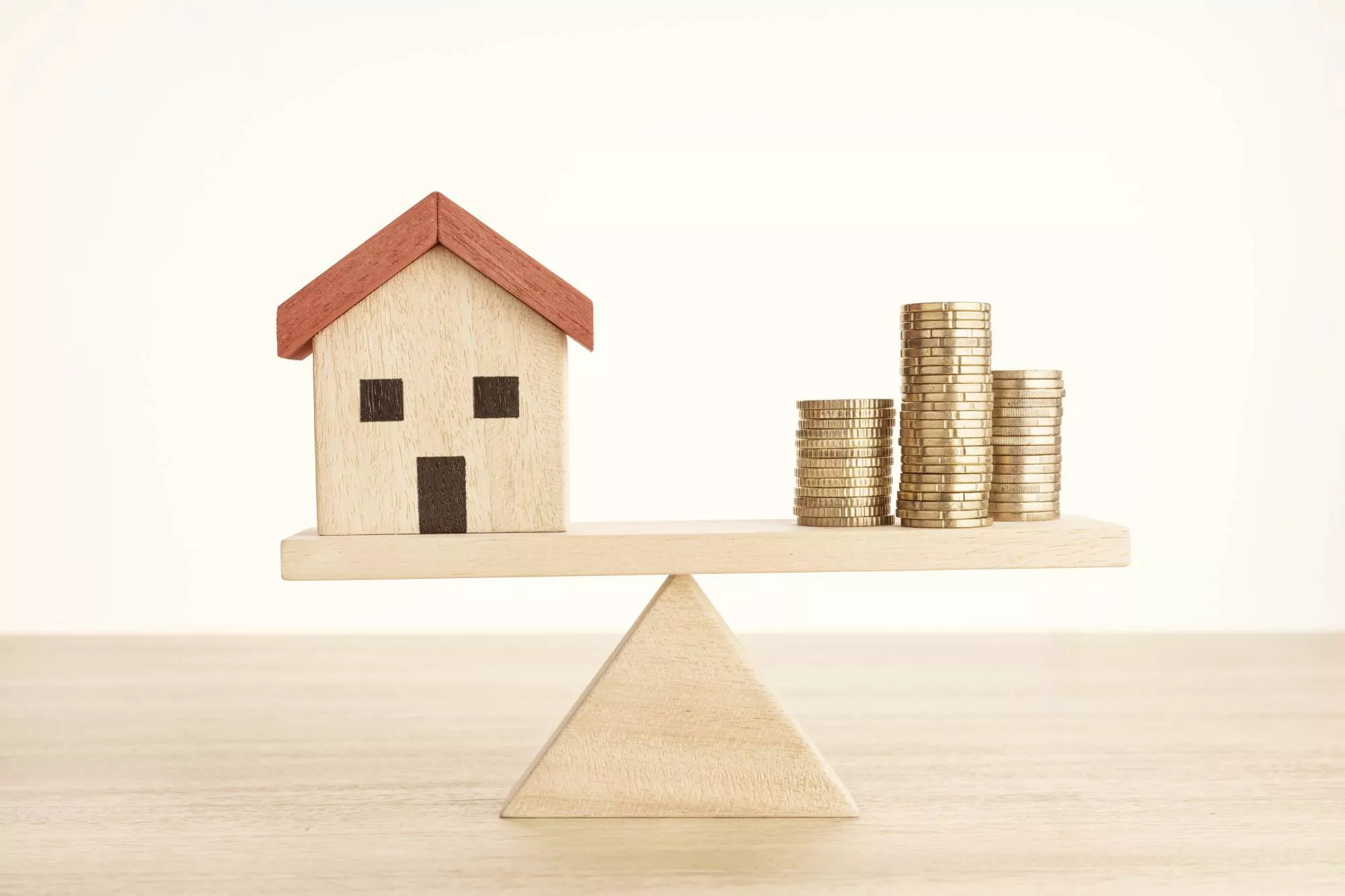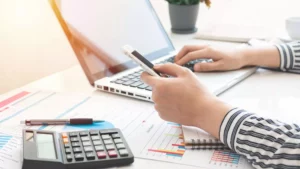
TABLE OF CONTENTS
When you are looking into business funding options, you may ask yourself the question “what is an asset?” and wonder if you currently have any yourself. Many business owners know that assets are important, but may not understand the nuances that differentiate one kind from another. In fact, there are a few different types of assets to consider before answering the above question. Each type has its own restrictions and may or may not qualify you for funding or help you secure a loan. Read on to find out what an asset is, what is considered an asset, what an intangible asset is, and the different types of intangible assets.
So, What is an Asset?

Defining what an asset is is the first step to understanding how this all works.
An asset is a physical or nonphysical element that represents value to a business or individual person. Simply put, assets are anything that will financially benefit a company. These can also be weighed by financial institutions as leverage. Some examples of them in business are:
- Equipment needed to make a product or service
- Real estate where work takes place (if owned outright)
- Intellectual-property
Businesses acquire these items and many more to keep production moving along and to sustain growth. Furthermore, you can easily convert assets into cash. With 82% of small businesses failing due to cash flow problems, having valuable assets in place can prevent such a situation from occurring.
What is Considered an Asset?
What lenders generally consider an asset is simpler than you may think. An asset is anything the organization owns that generates revenue. It can also include receivables that are quickly sellable or exchangeable for cash. However, keep in mind that “quickly’ can mean a year or more in this definition.
Assets vs. liabilities
Now that you know what assets are, it’s time to learn about liabilities. Liabilities are debts or other obligations a business owes. They include money you owe now and in the future. Most organizations have liabilities, often in the form of:
- Taxes payable
- Loans
- Debts
- Dividends payable
- Capital leases
- Accrued expenses
Companies often acquire liabilities during growth periods. For example, they may take out inventory loans. However, they do negatively impact a business’s balance sheet. This is in stark contrast to what an asset is. Liabilities detract value from your business while assets add to it.
Different Types of Assets
Assets come in many shapes and forms. Typically, assets fall within one of three groups. There are tangible and intangible assets that describe each one’s physical existence. Operating and non-operating assets describe how they are used. Current or fixed assets describe how easy it is to convert them to cash.
It is necessary to understand the different types of assets and how they affect the overall value of your business. For example, being able to answer the question “what is an intangible asset?” or know the types of intangible assets will help you plan out how long it may take to convert those types of assets into cash compared to an account receivable. Current and fixed assets describe how easy it is to convert them into cash.
So, let’s get started exploring each of the different types of assets!
Current and fixed assets
When it comes to distinguishing between the different types of assets, knowing their convertibility is key. Current assets are those that become cash within a year or are already cash. Some examples of current assets are accounts receivables, inventory, or cash to name a few. One tool that helps understand cash and convertibility is the cash conversion cycle. Once you know your convertibility, you can restructure our financial plan better.
Fixed assets are those items that businesses acquire to carry them through a tough time. They allow a business to continue operations for more than a year. Some examples of fixed assets are equipment, real estate, land, company cars, and hardware. They operate as part of a business’s continuity plan.
Operating and non-operating assets
An asset’s use is another way to help classify them. In the case of operating assets, these are items a business needs to operate on a daily basis. Machinery, buildings, and stock are just a few examples.
Non-operating assets, on the other hand, are ones a business does not require in order to operate. They will create revenue for a company but aren’t a part of daily operations. One great example of a non-operating asset is vacant land.
Tangible and intangible assets
Is the asset something that you can feel and touch or is it something that lives in the digital or idea realm?
What is an intangible asset? An intangible asset does not exist in a physical form. There are various types of intangible assets such as intellectual property, patents, copyrights, and much more. These usually fall within two categories: identifiable and unidentifiable.
Identifiable intangible assets are those that a company can sell. Unidentifiable intangible assets are those items that an organization cannot separate from, such as its branding and reputation.
Accounting Formula
Now that you know what lenders consider an asset and the various classifications, it is time to learn about how this affects your business.
One of the questions financial departments will often receive is, “What is an asset in accounting?” When it comes to providing a clear picture of a company’s overall financial position, a balance sheet is one of the top choices to achieve this goal. The balance sheet is a document where all of a company’s assets and liabilities are recorded.

Using a simple accounting formula: total assets = total liabilities + total equity, anyone can understand whether a company is in positive or negative financial health.
If the total assets figure exceeds the sum of the total liabilities and equity, then a company is in a healthy position. A total below the sum of liabilities and equity the company is facing financial challenges. If the numbers on each side of the equation equal out, it is time to find ways to reduce your liabilities and think about how to incorporate more assets into your organization.
Final Thoughts
Since assets play such a vital role in a company’s balance sheet, and ultimately their financial well-being, business owners should take the time to calculate this figure often and compare it to their liabilities. Business loans increase debt (a liability), so it is important to pay off any obligations as soon as possible to keep the organization in a successful position.
Now that you know what assets are within a business and what they are in accounting, you can use the formula and apply it to your organization. If you need help, reach out to a business professional who can help you understand where your company stands. All in all, assets are positive, as they generate revenue and help create a brighter future for your company when acquired responsibly.





